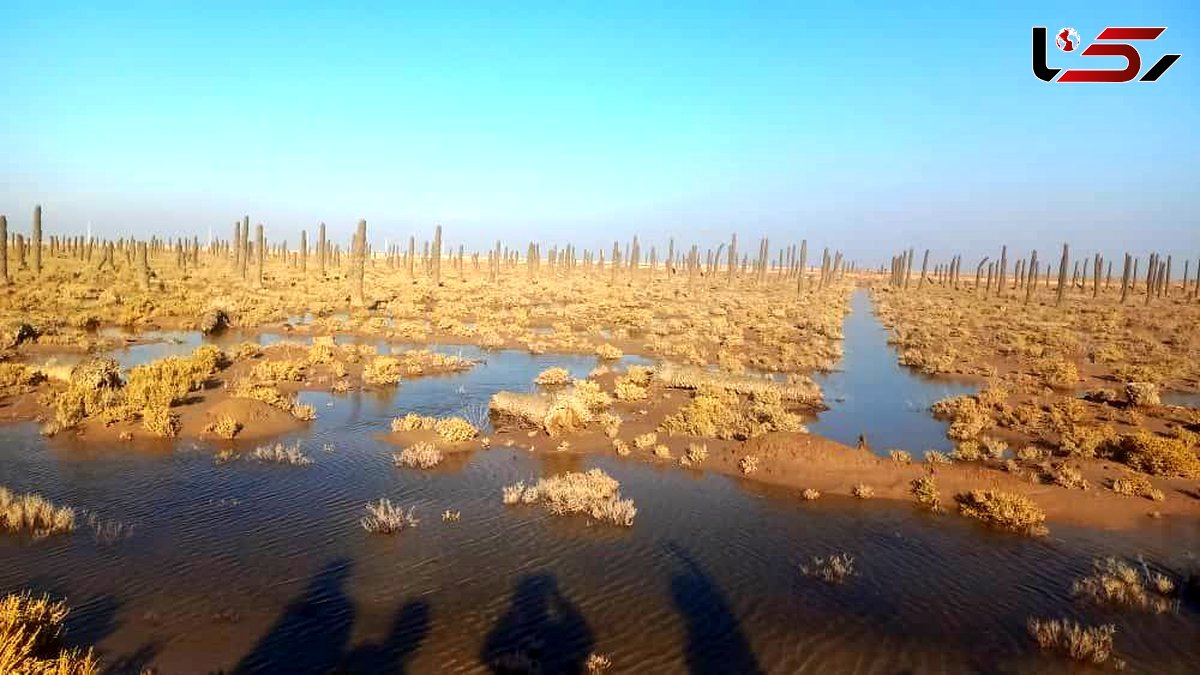Bahmanshir Saltier Than the Persian Gulf: A Collapse of Ecological Balance in Southern Karun + Video
Rokna Social Desk: The salinity of the Bahmanshir River has now reached levels comparable to seawater, marking what experts describe as not merely a crisis, but a full-scale environmental collapse in southern Khuzestan. According to Dr. Hamidreza Khodabakhshi, head of the Khuzestan Association of Water Industry Engineers, salinity in parts of the Bahmanshir has exceeded 40,000 microsiemens per centimeter—a figure that effectively renders the drinking and agricultural water resources of Abadan and Khorramshahr unusable.

Dr. Khodabakhshi warns that the Karun River, from Ahvaz downstream, has effectively turned into a drainage channel for urban wastewater, industrial effluents, and sugarcane runoff, while reduced water discharge from upstream sources has allowed saline water from the Persian Gulf to advance deep into the river. This process has pushed the southern Karun basin into a state of environmental and human collapse.
When a National River Becomes Saltier Than the Sea
Recent field observations and official reports confirm that salinity levels in the lower reaches of the Bahmanshir have reached unprecedented levels. According to the Abadan Water and Wastewater Authority, the river’s salinity has surpassed 15,000 microsiemens per centimeter, directly impacting drinking water quality, agriculture, and public health. Local reports indicate that salinity in some areas has even approached 40,000 microsiemens, the equivalent of seawater, signaling an acute degradation in water quality.
Although recent, short-term water releases from upstream sources have temporarily reduced salinity to about 3,000 microsiemens, Khodabakhshi notes that this reduction is not the result of sustainable management but merely a temporary relief. The persistence of such extreme fluctuations demonstrates the absence of long-term water quality management in the lower Karun basin.
He explains that the Karun River, particularly downstream from Ahvaz, is under severe stress from multiple pollution sources: municipal and hospital wastewater, industrial discharge, agricultural drainage, and sugarcane effluent. The cumulative effect has transformed what was once a major freshwater river into a vast drainage system.
Massive water extraction for agriculture, especially sugarcane cultivation, has further reduced the river’s discharge between Ahvaz and Darkhovin. This decline allows saline intrusion from both underground aquifers and the Persian Gulf to penetrate the river system. The combined effect of these factors has created a complex mix of salinity and pollution that is increasingly difficult and costly to contain.
From an Environmental Crisis to a Strategic Threat
The situation poses an existential threat not only to date palm groves, agriculture, and drinking water supplies but also to the ecological and human stability of the entire region. The loss of green cover, soil erosion, increased surface temperature, and the destruction of natural habitats are among the immediate and visible consequences.
Dr. Khodabakhshi stresses that preserving agriculture and date palm cultivation in Abadan and Khorramshahr is not merely an economic necessity; it is a matter of environmental, strategic, and national security importance. The sustainability of local populations, food security, and the prevention of further seawater intrusion into national lands all depend on restoring the ecological health of the Karun River.
He reminds that the Karun River Rehabilitation Plan, initially approved in 2016, must now be urgently revived with updated technical and environmental frameworks. The new implementation should follow an integrated approach that includes pollution control, drainage management, flow regulation, and water quality restoration throughout the Karun basin. Only through immediate and coordinated action can Iran avert further biological, agricultural, and human catastrophe in southern Khuzestan.
Send Comments